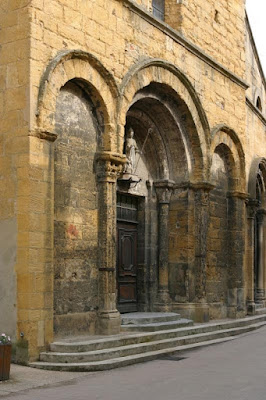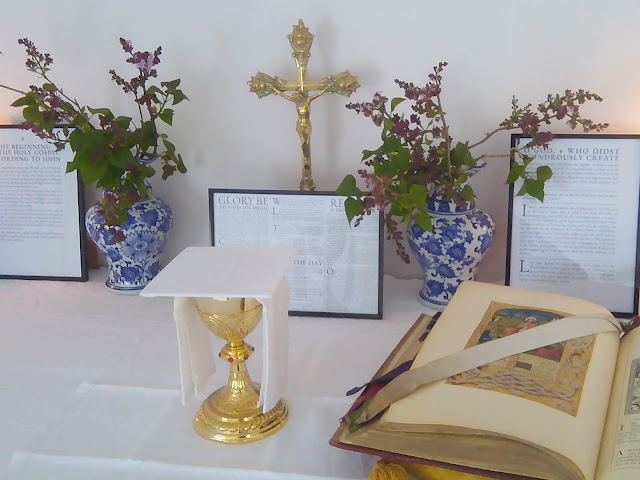There are many links between the English Church and Burgundy. In the mediaeval period, the astonishing flourishing of the monastic life in Burgundy, particularly through the abbeys of Cluny and then Cîteaux, had an enormous effect on England, as they each established many daughter houses there. Abbot Pierre the Venerable of Cluny was aided in his reforms by King Stephen's brother Henry of Blois, Bishop of Winchester and Abbot of Glastonbury, in the 1120s-1150s. Henry had started out as a monk at Cluny, and is believed to have later briefly been prior of the Cluniac house at Montacute, Somerset. Henry stayed at Cluny on his way back from seeing Pope Eugenius III in Rome, 1148, and then spent more than two years in exile at Cluny after his brother King Stephen’s death in 1154. One of the four co-founders of Cîteaux, and its third abbot, St Stephen Harding, was an Englishman from Sherborne in Dorset; and the Abbey of Pontigny was a refuge for several key English ecclesiastics during periods of exile or on their travels, including Archbishops St Thomas Becket and St Edmund of Abingdon, who died and has his shrine there. Cluny's first priory of nuns, at Marcigny, was where Adèle de Blois, daughter of William the Conqueror, died as a nun in 1137.
Photo: the surviving 11th c doorway of Marcigny's former priory church.
The tomb in Winchester Cathedral believed to be that of Henry of Blois, former monk of Cluny, later Bishop of Winchester and founder of the Hospital of St Cross in that city.


.png)
